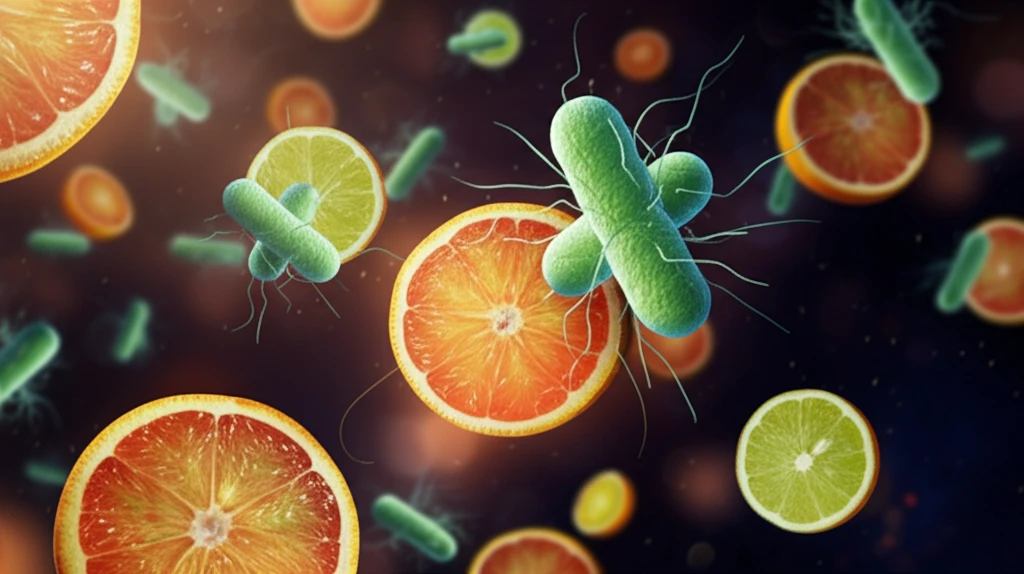
The Natural Antibiotic You Didn't Know You Needed: Fighting E. coli with Nature's Power
"Could a blend of natural antimicrobials be the answer to combating dangerous E. coli strains and reducing reliance on traditional antibiotics?"
E. coli O157:H7 is a formidable foe, responsible for numerous foodborne outbreaks globally. This pathogen's ability to produce Shiga toxins in the human gut leads to severe clinical manifestations, including life-threatening hemolytic uremic syndrome. With conventional antibiotic treatments sometimes exacerbating the problem by increasing Shiga toxin production, researchers and the food industry are continuously seeking alternative control strategies.
Ruminants, particularly cattle, serve as significant reservoirs for E. coli O157:H7, frequently colonizing their lower gastrointestinal tracts. This presents a challenge to food safety, as contamination can occur during meat processing. Risk assessments have highlighted a direct link between the levels of E. coli O157:H7 in cattle feces and hides and the contamination of beef carcasses.
Against this backdrop, a promising strategy has emerged: leveraging natural antimicrobials to reduce pathogen levels and virulence within animals. A recent study delves into the efficacy of a commercial mixture of natural antimicrobials against E. coli O157:H7, potentially paving the way for innovative solutions in pre-harvest food safety.
Unlocking the Power of Natural Antimicrobials

The study, conducted by Stratakos et al. (2018), aimed to determine the effectiveness of a commercial mixture of natural antimicrobials against E. coli O157. This blend primarily consisted of lactic acid, citric acid, and citrus extract. The researchers sought to quantify the minimum inhibitory concentration (MIC) and minimum bactericidal concentration (MBC) of the antimicrobial against E. coli O157:H7.
A Promising Future for Natural Solutions
These findings present a compelling case for the use of natural antimicrobials in controlling E. coli O157:H7 in animal populations, particularly ruminants. By reducing the pathogen load in the animal gut, the risk of contamination during meat processing can be significantly diminished, bolstering food safety and safeguarding public health. Further research is warranted to explore the long-term effects of these antimicrobials on rumen microbiota and to optimize their application in real-world settings. This research highlights the potential of natural antimicrobials as a valuable tool in the ongoing effort to combat foodborne pathogens and reduce our reliance on traditional antibiotics.
